

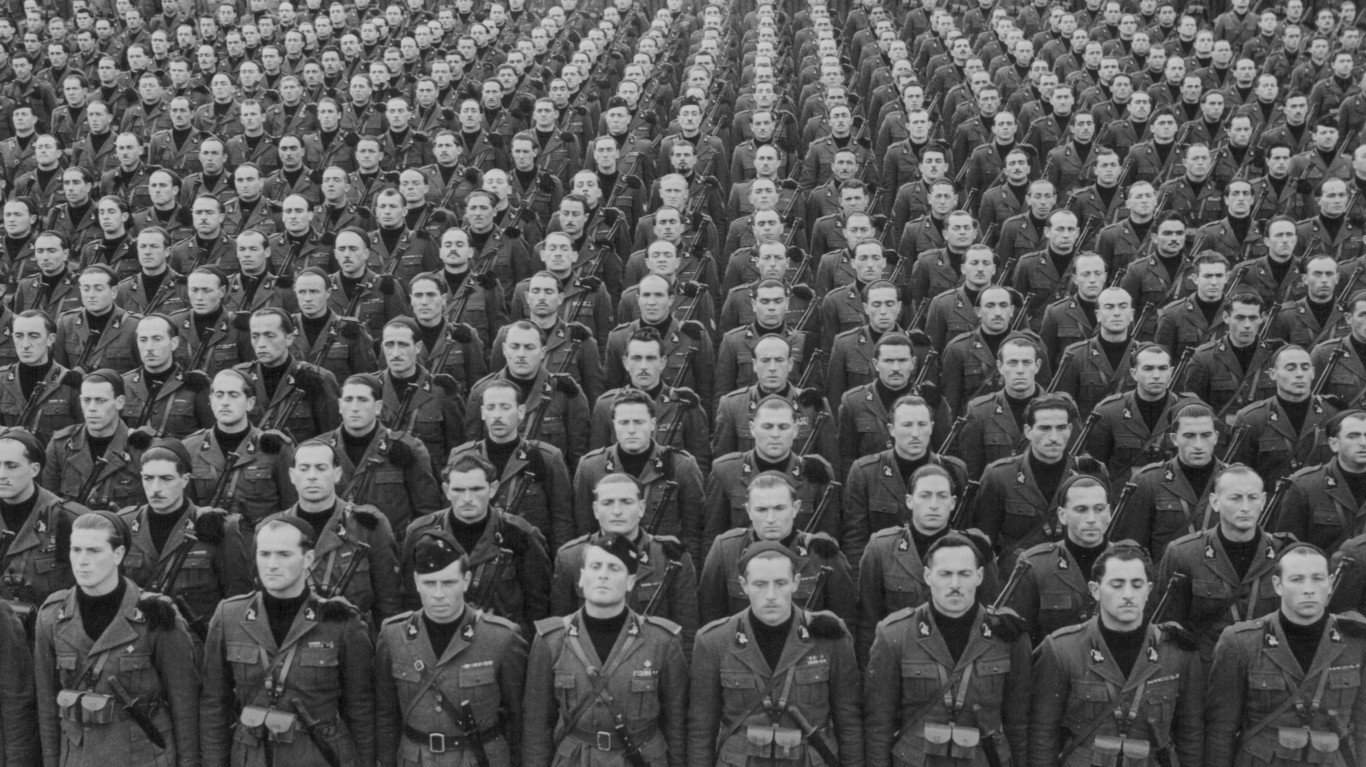
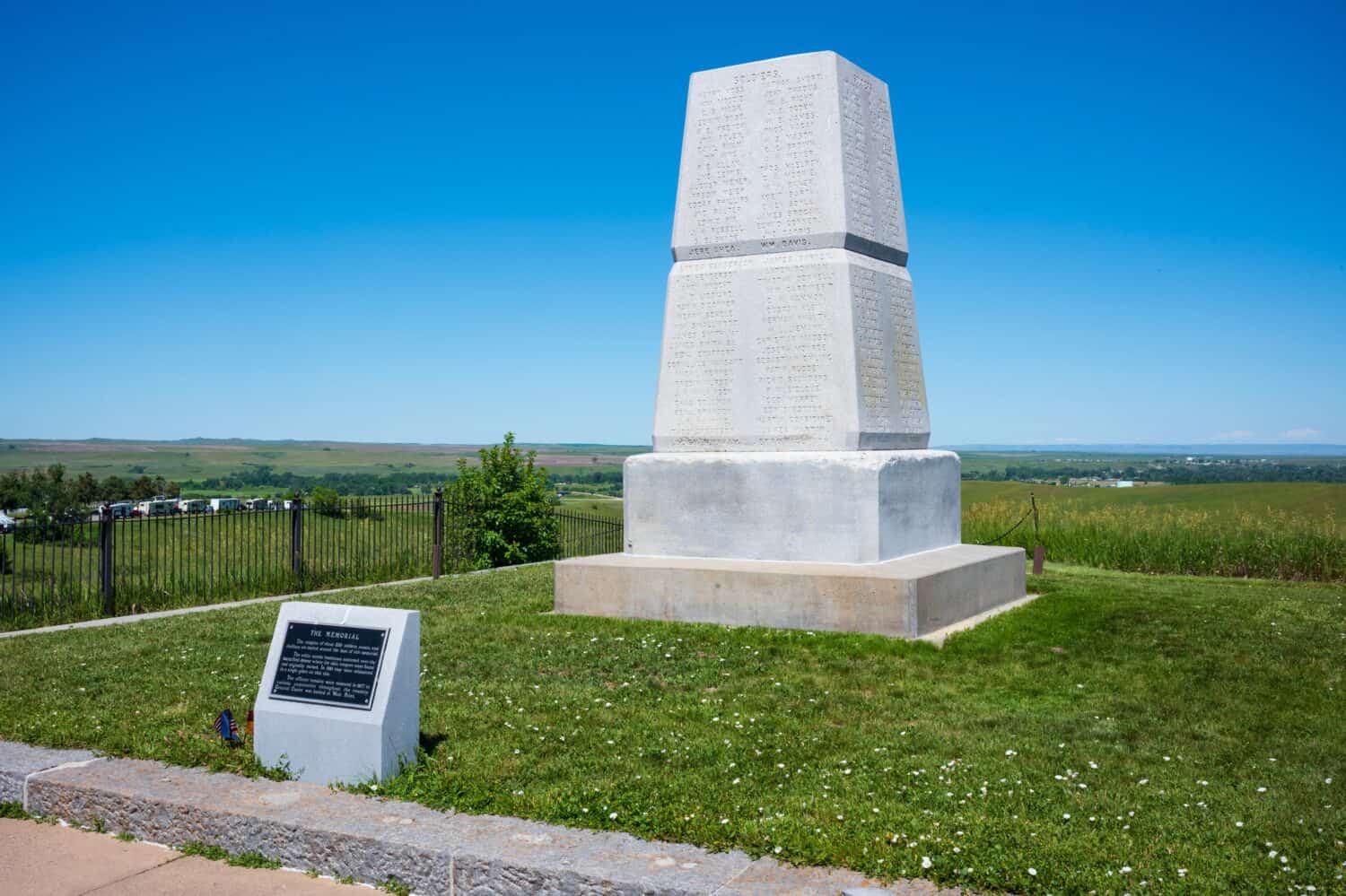



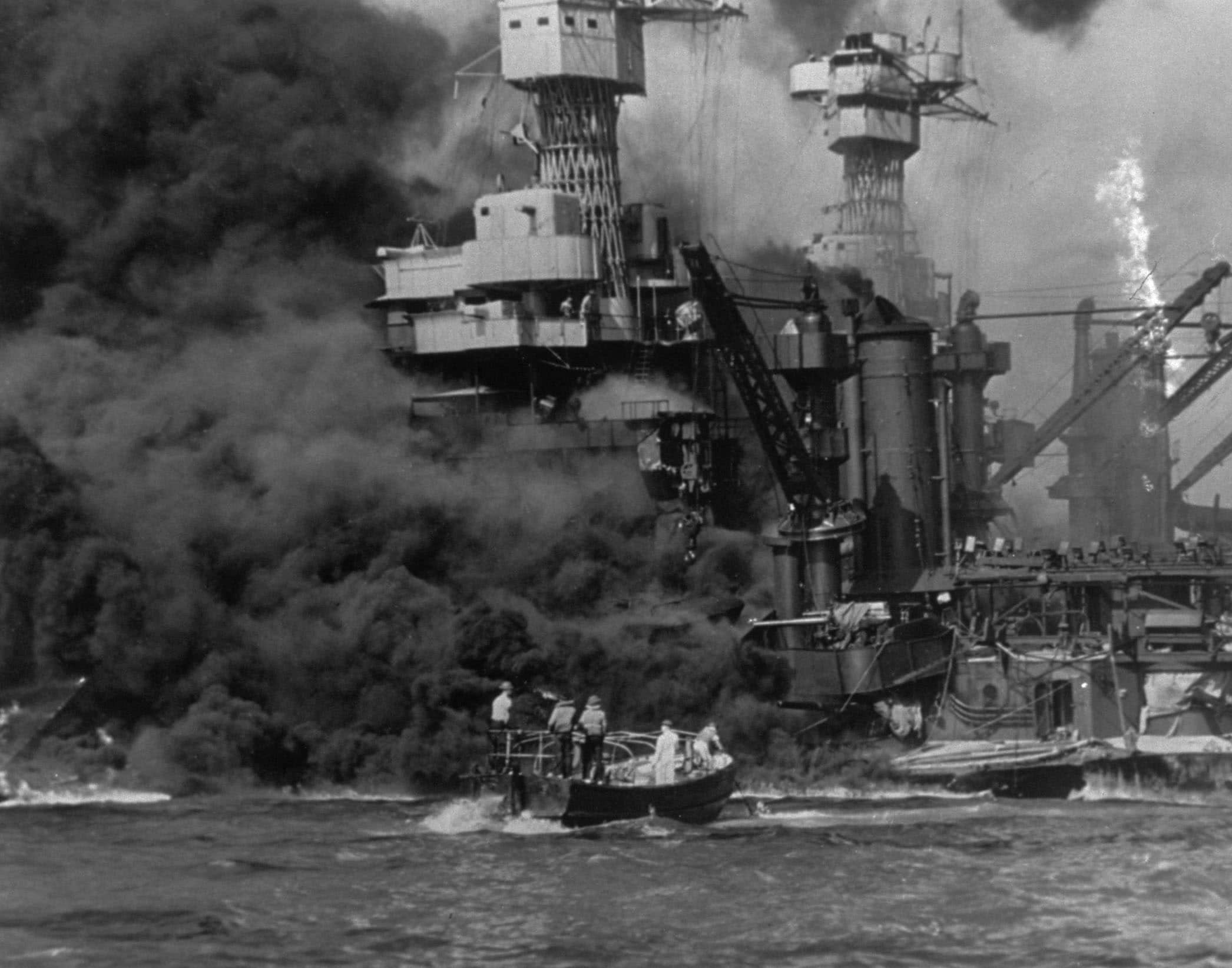








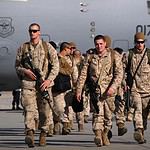

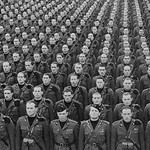













This Well-Known World War II Operation Was an Allied Blunder
Military conflict has long defined the history of the world, helping draw borders, advance technologies, and giving rise to many of the political structures we see today. Unfortunately, not every military conflict is an all-out victory, as many countries have learned the hard way. Sometimes, the best-laid battle plans can quickly go awry. Let's take a look at a collection of them, and the lessons to be learned for future military tacticians.
15. Battle of Agincourt
One of the older battles still looked at in war colleges is the Battle of Agincourt, which occurred during the Hundred Years’ War in 1415. A French Army of as many as 30,000 men attacked an English force less than one-third its size in northern France. However, the French suffered a resounding defeat, losing almost 10,000 men.
The French failed to consider sending heavily armored knights into muddy fields, where they were laid down and completely open to English longbows. This showed that the future militaries had to consider terrain and weather in all battle plans.
14. Italy Invading Greece
Hoping to crush Greek resistance and show off Italy’s strength to Germany, Mussolini ordered the invasion of Greece. Unfortunately, Greek defenses were far more prepared for battle than Italian planning indicated, and Italy was not ready for Greek terrain in the winter. This is a classic example of a superior force underestimating a smaller and inferior opponent and poorly planning.
13. Battle of Little Bighorn
In one of the most famous American battles, Lt. Colonel George Custer’s 7th Cavalry was almost completely wiped out by Cheyenne and Lakota warriors. More than 268 US troopers were killed due to Custer completely underestimating Native American numbers and tactics. Custer also failed to wait for sufficient reinforcements before dividing his forces, a mistake he should not have made against an uncertain enemy.
12. Soviet Invasion of Afghanistan
The large and mighty Soviet Union believed it could easily conquer Afghanistan, but the war, which lasted over 10 years, cost more than 15,000 lives. The Soviet Union's failure can be directly attributed to its complete misjudgment of how well Afghan tribal groups could rally local support. Most importantly, the Soviet Union completely underestimated Afghanistan’s terrain, believing its superior military equipment and numbers were sufficient to win the war.
11. Battle of the Somme
Taking place in World War I, the Battle of the Somme in July 1916 saw the British leave the battlefield suffering more than 19,000 dead and 57,000 total casualties. The British Army relied heavily on artillery to take out German trenches, but failed to understand how to coordinate infantry and artillery attacks. This remains one of the most essential modern lessons in flexible battlefield tactics.
10. Bay of Pigs
One of the worst moments of President Kennedy’s administration, the Bay of Pigs was a massive blunder by the United States. The planned invasion and attempt to overthrow Fidel Castro were based on the idea that the Cuban people would rise against the country’s leadership.
Add to this an invasion force that was small in numbers and poorly equipped, and the effort was lost before it started. This is an important lesson in being realistic in your battle plans and understanding resources.
9. Pearl Harbor
This might be a controversial addition to this list, but Pearl Harbor was a massive strategic blunder for the Japanese. Aside from not sinking the entire US fleet or its carriers, Japan failed to understand the United States' ability to make war.
After the US declared war the next day, a “sleeping giant” awoke and went on to build the largest naval fleet in history by the end of World War II and field millions of troops, leaving Japan to realize it had underestimated the will of the American people to go to war.
8. Operation Barbarossa
The largest land invasion in history, Germany’s invasion of the Soviet Union, is a textbook scenario for war college studies. Germany’s leadership vastly underestimated the size of the Soviet army and its capacity to make war.
Germany also failed to recognize the harsh fighting conditions in Russia, which should be considered in every battle strategy. This battle was a lesson in completely underestimating your opponent’s resources and will to resist occupation.
7. Battle of the Teutoburg Forest
This old tale, set in 9 AD, is still taught in war colleges as part of the history of the Roman-Germanic Wars. The Roman general led his entire force, around 15,000 to 20,000 men, into a Germanic ambush, resulting in the death or capture of all Roman soldiers.
This defeat made Rome recognize that being a Roman legion wasn’t enough to defeat enemy troops. The Romans were unprepared for the ambush tactics used by Arminius and his forces, having relied on their traditional military formations and underestimating the effectiveness of irregular warfare in the dense forests.
6. French Maginot Line Strategy
As France looked increasingly likely to be the focus of a German invasion, the country fortified the Maginot Line, concrete fortifications, weapons installations, and obstacles built to withstand German attacks.
France wrongly believed Germany would never pass through the Ardennes Forest, which is precisely what Germany did, and static French defenses couldn’t do anything. This is a cautionary lesson about being overconfident and not planning for all eventualities.
5. Midway Attack
During World War II, Japan aimed to destroy US carriers and gain the upper hand in the conflict. Unfortunately, Japan’s underestimation of US intelligence led to the loss of all four of its aircraft carriers, a loss from which it never recovered. Midway remains a pivotal case in naval warfare history and will continue to be a war college favorite for the strategic and tactical lessons it taught both sides.
4. Operation Market Garden
During an Allied military offensive during World War II, the Allies hoped to capture the Rhine bridges in the Netherlands, but failed. The goal was to create an invasion route into northern Germany.
Still, as many as 17,000 Allied troops perished after underestimating the level of German resistance and relying on a single road for supplies and reinforcements. This was an ambitious plan, but it will be taught that logistical details matter as much, if not more, than regular battle plans.
3. Vietnam War
Over 20 years, between 1955 and 1975, the United States learned various lessons, mainly that military superiority isn’t everything. Costing more than 58,000 American lives, America believed this would be a conventional war in the same format as World War II and the Korean War, so it underestimated the Viet Cong guerrilla tactics.
There is no question that war colleges will teach the Vietnam War as a massive strategic misjudgment, highlighting the limits of military power and the necessity of understanding your opponent.
2. Charge of the Light Brigade
In 1854, during the Battle of Balaclava and the Crimean War, the British Cavalry charged with 670 troops under the order of Lord Cardigan. Attacking a heavily fortified Russian position, it took mere minutes before 40% of the brigade was wiped out.
Lord Raglan's order to “attack the guns” was misread in this battle, as he intended the Light Brigade to attack another objective. In this case, the cost of miscommunication and failing to confirm orders becomes a valuable lesson for the future.
1. Pickett’s Charge
Pickett’s Charge was an infantry assault that occurred on July 3, 1863, during the Battle of Gettysburg, under the order of Confederate General Robert E. Lee. Lee ordered 12,500 troops to assault entrenched Union positions over a mile on open ground.
Underestimating the enemy position and misreading the terrain cost the Confederacy nearly 50% casualties during this assault, reminding future commanders that a tactical misjudgment can lead to disaster.
